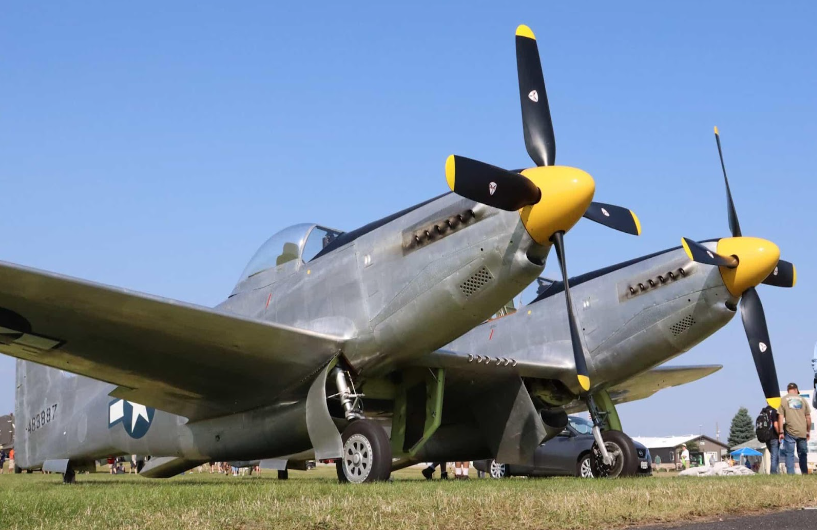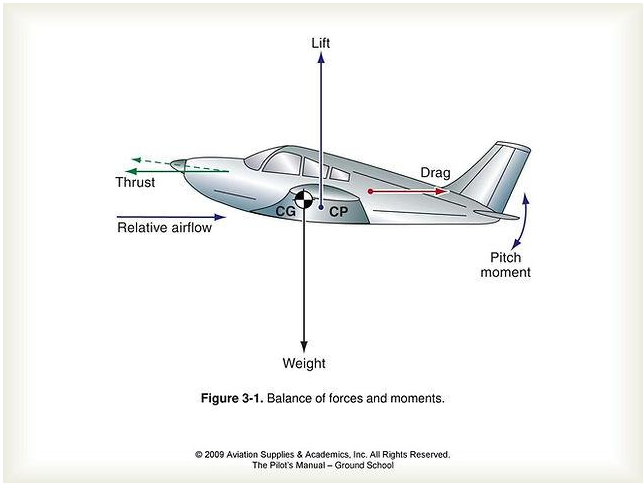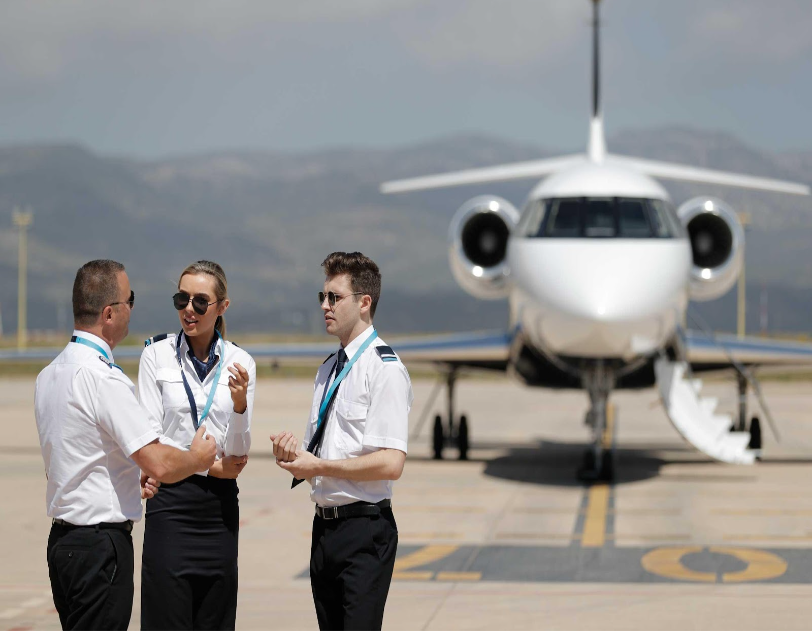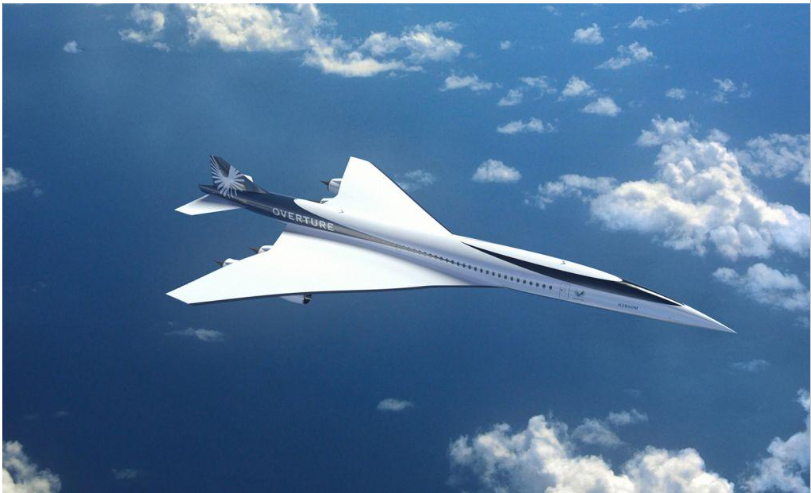Every takeoff in the fast-paced world of commercial aviation guide is a meticulously planned and precise symphony. Trip planning procedures operate in the background, but they are essential to guaranteeing the success, safety, and efficiency of every trip over the clouds. In this guide, we’ll examine in more detail the complex dance of factors to be taken into account when navigating the sky.
The Foundations of Flight Planning:
- Route Selection: Commercial aviation routes are the product of a meticulous examination of airspace laws, meteorological trends, and fuel efficiency. They are more than just lines on a map. Flight planners carefully select routes that strike a balance between speed, safety, and economy.
- Air Traffic Control Coordination: One of the most important aspects of flight planning is coordinating with air traffic control (ATC). A plane that communicates clearly is more likely to stay on the authorized route, keep a safe distance from other aircraft, and respect altitude limitations.
- Weather Analysis: In flight, the weather can be a friendly ally or a dangerous foe. Flight planners analyze the weather along the route, taking into account wind patterns, turbulence, and storms. This data optimizes both fuel efficiency and passenger comfort.
- Aircraft Performance Calculations: Every aircraft is different, so that has to be taken into account. Flight planners use the specific performance characteristics of the used aircraft to determine the best altitude, speed, and fuel consumption.
- Advanced Technologies in Flight Planning: Sophisticated navigation systems, such as GPS and inertial navigation, are a feature of contemporary commercial aircraft. These devices ensure that the aircraft can navigate even in the event that ground-based aids are not available. They also improve accuracy and offer redundancy.
- Computer Tools: Flight planners can process enormous volumes of data with the help of sophisticated computer tools. These technologies improve the efficiency of air travel by streamlining the planning process and providing estimates about fuel usage and ideal cruising altitudes.
- Dynamic Real-Time Adjustments: In flight, adaptability is essential. Throughout the trip, flight planners keep an eye on real-time data, enabling them to dynamically modify the flight plan in the event of unforeseen circumstances like shifting weather patterns or air traffic congestion.
Safety Procedures and Emergency Planning:
- Emergencies: Potential emergencies must be considered in flight planning. Plans are in place to deal with everything from medical problems that arise on board to diversions brought on by unanticipated events.
- Fuel Management: For environmental and financial reasons, effective fuel management is essential. Flight planners carefully calculate the amount of gasoline required by taking into account various factors, such as distance, weather, and potential detours.
Final Thoughts!
In conclusion, travelers may not be aware of the complex network of choices and computations that go into guaranteeing a safe and effective flight as they board and take their seats. Flight planning, where knowledge, technology, and a keen eye on the skies come together to create a flawlessly orchestrated symphony of flight, exemplifies commercial aviation’s commitment to perfection. Flight planning is the unseen hero that leads us over the infinite expanse of the skies, helping with everything from route selection to emergency readiness.
For more information, visit us at https://saairborne.com/. Make sure to follow us on Instagram to get the latest updates!









[…] majority of people have relied on commercial aviation to go across the sky for quite some time. Yet, a new frontier is appearing as technology progresses […]